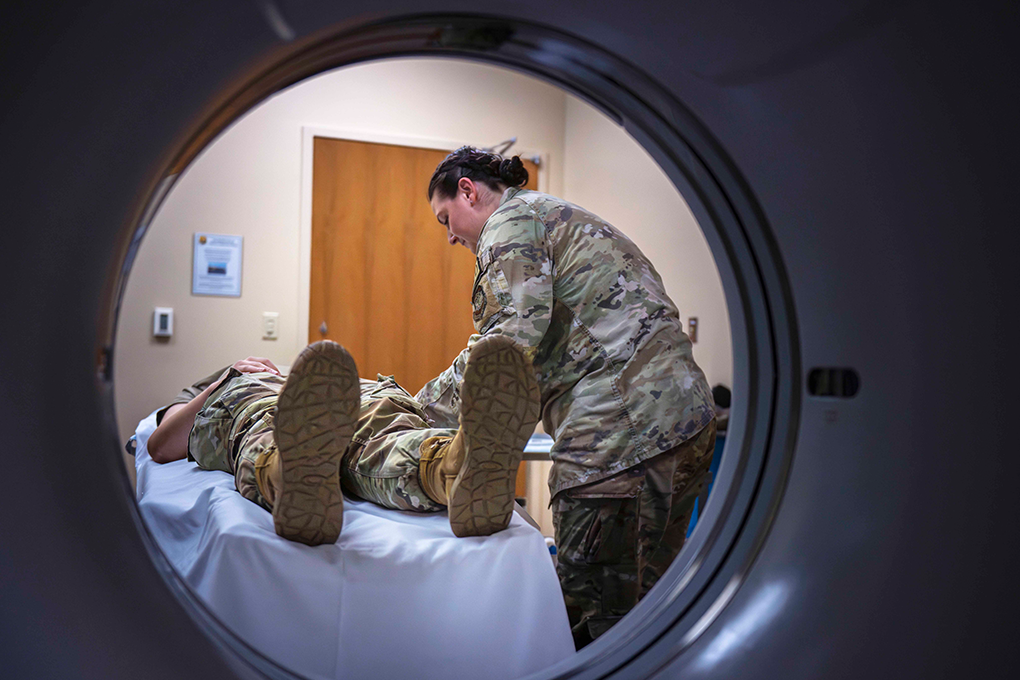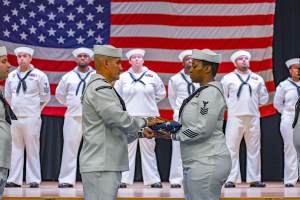Having a grasp on CRCS eligibility can be the difference between receiving the compensation you need or missing out on it entirely. Active-duty service members nearing separation often encounter this confusing terrain with little guidance.
Combat-Related Special Compensation (CRSC) is a unique benefit. Knowing early if you meet the requirements can give you the time to take meaningful action before leaving the uniform behind.
What Is CRSC Eligibility and Who Is It Designed for?
Combat-Related Special Compensation (CRSC) is a form of financial benefit available to certain military retirees who suffer from combat-related disabilities.
Unlike standard retirement pay or disability compensation from the VA, CRSC offers tax-free payments meant to recognize disabilities stemming directly from combat or combat training situations.
The program was designed to correct an old inequity (when retirees with combat injuries had their military retirement pay reduced by the amount they received in VA disability compensation). CRSC changes that.
However, the process of qualifying is not automatic, and many service members don’t learn about it until they’ve already separated.
Identifying CRCS Requirements
To know if you qualify, it helps to break down the basic CRCS requirements. First and foremost, you must be entitled to military retirement pay. This means you are either retired based on longevity (20+ years), placed on the Permanent Disability Retired List (PDRL), or medically retired under Chapter 61.
Second, your disability must be officially rated as combat-related. This isn’t the same as a service-connected rating. The Department of Defense evaluates whether your condition resulted from:
- Armed conflict
- Hazardous duty
- Training that simulates war
- An instrumentality of war (such as military vehicles or equipment)
The origin of the disability matters just as much as the rating. Even a high disability rating won’t qualify you for CRSC if the condition isn’t tied to a combat-related incident as defined by these categories.
Why Timing Matters for Active-Duty Service Members
Most discussions around CRSC focus on retirees, but if you are still serving and have fewer than 24 months left, it’s time to take this seriously. Applying for CRSC requires documentation, record reviews, and decisions that do not move quickly.
Getting a head start while still on active duty lets you track down relevant records and medical evaluations before they disappear into an administrative void.
This is especially important because CRSC is not granted automatically. You must apply for it through your respective branch of service, and that means collecting everything from line of duty determinations to combat zone deployment orders.
Having support during this window of time can make a huge difference in how ready you are. The more proactive you are, the less likely you will face delays or denials after separation.
Why So Many Service Members Miss Out
One of the biggest reasons eligible individuals do not apply for CRSC is confusion. It’s easy to get lost in the alphabet soup of acronyms thrown around in out-processing briefings.
Worse still, many are told not to worry about things like CRSC until after retirement, even though that is often too late to start gathering the right records.
Some assume their disability percentage from the VA is all they need. Others think that if they weren’t injured in a firefight, they do not qualify. But CRSC covers more than just direct gunfire.
Training accidents during combat simulation or injuries sustained from equipment used in war may also count.
However, by the time you’ve handed in your CAC card and walked off base for the last time, you may find that accessing your service medical records or line-of-duty documentation has become far more difficult.
That’s why having and following a solid plan before you hit that point is more than just good advice. It’s a strategy.
The Hidden Cost of Not Applying
Missing out on CRSC doesn’t just mean losing a benefit. It often results in a reduced retirement paycheck. Remember, VA compensation is tax-free, but it offsets your military retirement pay. CRSC, on the other hand, allows you to receive both without an offset if you qualify.
That could mean hundreds or even thousands of dollars per month over the course of retirement. For many, that’s the difference between financial flexibility and financial stress. The cost of missing the application window is steep, not just in paperwork headaches, but in long-term income.
What Role Does Documentation Play?
Your entire case hinges on records. Every injury, every deployment, and every medical encounter matters. But what really counts is the narrative: what happened, where it happened, and what evidence backs that up.
You’ll need:
- Medical records that specify the injury
- Proof that the incident occurred during qualifying activity (combat, training, etc.)
- Orders or logs showing deployment or operational environment
- LOD (Line of Duty) determinations, if applicable
It’s not enough to say you were injured in Iraq. You need documentation that paints a complete picture. This can take time to compile and waiting until you’ve out-processed makes it harder.
The military isn’t known for fast record retrieval. Getting ahead of this while you still have access is highly recommended.
CRSC Vs. VA Disability: What’s the Difference?
It’s easy to confuse CRSC with VA disability compensation, but they serve different purposes. VA compensation focuses on the degree to which your injuries impact your civilian life. CRSC focuses on the origin of the injury.
The VA may give you a 70% disability rating based on chronic back pain. But if that back injury occurred during a non-combat vehicle rollover in a stateside training exercise, it probably doesn’t qualify for CRSC.
On the other hand, if it happened during live-fire combat training in a deployed setting, your case may be stronger.
That’s why CRSC eligibility is so nuanced, and why guidance is so valuable during transition. It’s not just about rating percentages. It’s about story, circumstance, and proof.
How Military Transition Service Packages Support the Process
Accessing benefits like CRSC becomes easier when you don’t go it alone. Military transition service packages offer structured assistance for service members preparing to leave active duty. These programs walk you through each step: what you need, what to ask for, and when to ask for it.
Zero Nexxus provides one-on-one consultations designed to tackle the specific complexities of military separation. Unlike one-size-fits-all programs, these packages are customized to your path (retirement, medical separation, or end-of-enlistment).
CRSC is just one piece of a larger puzzle, and it deserves focused attention. Choosing the right support means you’re not guessing. You’re acting from a place of preparation.
Common Misconceptions About CRSC
Many service members think they won’t qualify because their injuries weren’t from combat firefights. Others assume that Reserve or National Guard time disqualifies them. Still more believe that once they leave active duty, their window of opportunity closes forever.
While some of these assumptions have a sliver of truth, they’re not the full story. For example, Reserve Component retirees may qualify for CRSC once they begin drawing retirement pay, even if that’s not until age 60.
Combat-related does not require a Purple Heart. It may be linked to training, deployment conditions, or hazardous duties like airborne operations. Getting real information from a qualified advisor early on can correct a lot of these misunderstandings before they become missed opportunities.
Building a Personalized Strategy Before Separation
The best approach to CRCS eligibility is early action. That means identifying which injuries may be combat-related, gathering the appropriate evidence, and speaking to a consultant familiar with the CRSC process.
A personal timeline is helpful. Start with your projected separation date and work backward. Mark deadlines for medical appointments, records reviews, and counseling sessions. Add time for gathering deployment orders or requesting duplicate documentation if needed.
While the process might feel tedious, it’s a basis that sets you up for success. You don’t want to discover a documentation gap six months after discharge. At that point, the damage is done.
Having and following a plan is more than just staying organized. It’s the difference between certainty and chaos. When you treat transition like a mission, you set the tone for how prepared you’ll be on the other side.
Our Approach to CRSC Support at Zero Nexxus
At Zero Nexxus, we recognize that the Department of Defense programs for transition leave too many service members behind. That’s why we focus on personal, hands-on support fine-tuned to your rank, your timeline, and your specific needs.
No two transitions are alike, and your benefits strategy shouldn’t be either. We dig deep into issues like CRSC and help you find the answers that generic programs often overlook. Our job is to cut through the noise and focus on real outcomes: documents in hand, forms submitted, and timelines on track.
For those dealing with combat-related injuries, we bring experience, clarity, and one-on-one guidance every step of the way. We don’t send you off with a checklist and hope for the best. We work beside you until the job is done.
Our military transition services include detailed CRSC assistance, personalized timelines, and direct access to professionals who understand how this benefit works. We know that timing, accuracy, and preparation matter, and we’ve built a system that reflects those priorities.
If you think you might qualify for CRSC, or just want to start planning for your future, schedule a consultation with us today.



